Overview
Map
Other Details
كنيسة سيّدة الورديّة الدلغانة
Deir El-Qamar
Chouf
Mount Lebanon
كنيسة سيّدة الورديّة الدلغانة - دير القمربنيت في ثلاثينيّات القرن الثامن عشر، وأتمّ البناء سنة ١٧٦٠ على يد الأب متّى الحكيم الحلبيّ طبيب أمراء دير القمر. تُلاصق الكنيسة كابيلا سيّدة الرحمة وهي تعود للنصف الثاني من القرن التاسع عشر. تحوي الكنيسة على العديد من اللوحات التصويريّة أهمّها لوحة سيّدة الورديّة وهي من عمل كنعان ديب الدلبتاوي سنة ١٨٦٤، ومار يوسف لنجيب شكري تعود لسنة ١٩١٠.The church of Our Lady of the Rosary El Delghane - Deir el QamarThe church was built in the third decade of the the XVIIIth century. The construction was concluded in 1760 under the supervision of Fr Matta el Hakim from Aleppo who was the personal doctor of Deir el Qamar’s princes. Adjacent to the church stands a small chapel dedicated to our Lady of Mercy dating back to the second half of the XIXth century. The church holds many paintings inculding Our Lady of the Rosary by Kanaan Dib dating back to 1864 and St Joseph by Najib Chukry dating back to 1910.
Visited 5101 times, 1 Visit today
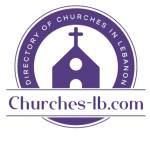


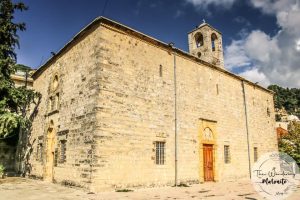
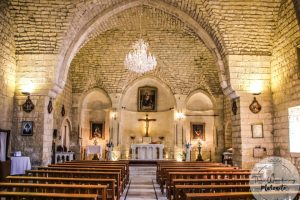

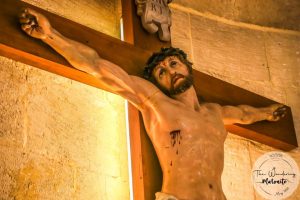

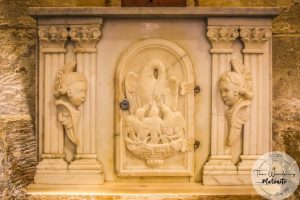

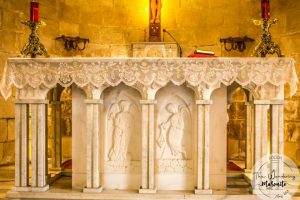
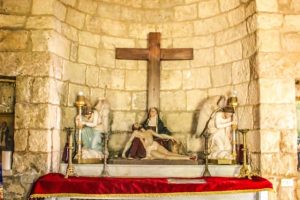









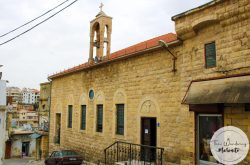
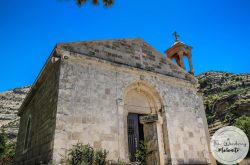

Reviews are disabled, but trackbacks and pingbacks are open.